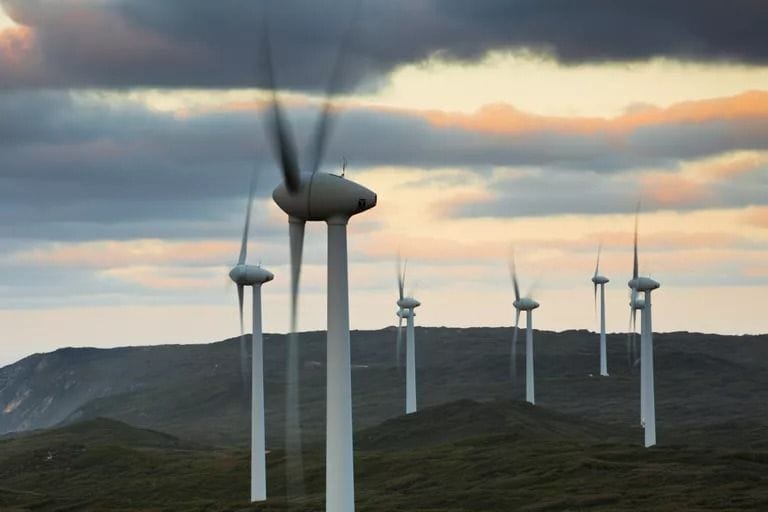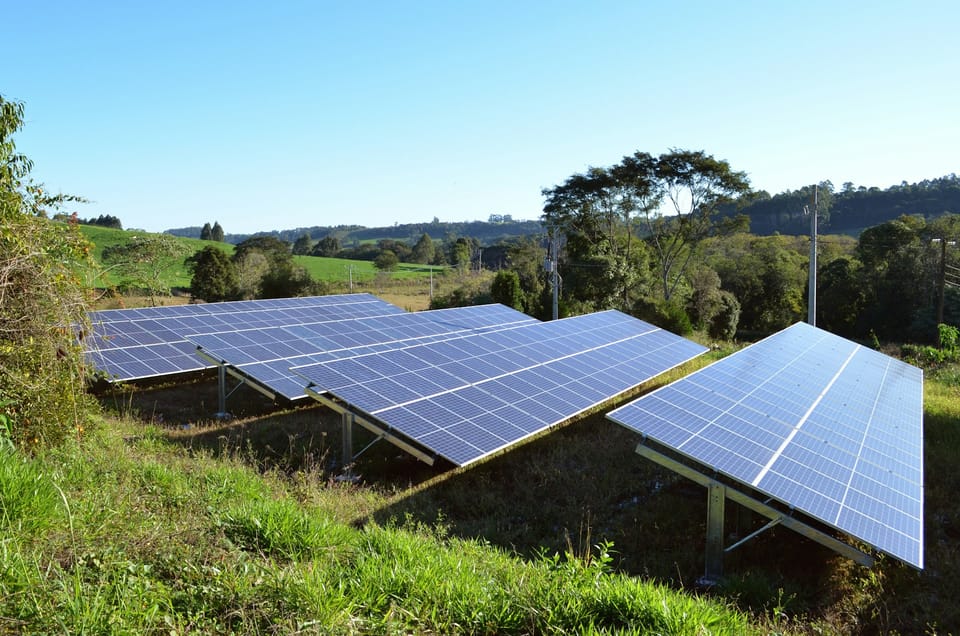What Is Eco-Friendly Technology?
Eco-friendly technology merges innovation with responsibility—offering smarter solutions that conserve energy, reduce waste, and protect the planet. This guide explores its types, benefits, and real-world impact.

What is eco-friendly technology? Also known as clean tech, green tech and environmental tech, eco-friendly technology can help preserve the environment through energy efficiency and reduction of harmful waste. Green tech innovators use the latest environmental science and green chemistry to reduce the harmful impact of human activity on the earth.
Eco-Friendly Innovations
Green technology is still in the earliest stages of development, but many exciting innovations have already been made in areas like renewable energy, water purification and waste management, as well as in everyday consumer products like electronics and vehicles. It can be as small as a hand-held gadget or as expansive as a new method of filtering greenhouse gases out of the atmosphere.
Eco-friendly technology often involves some of the following:
- Recycled, recyclable and/or biodegradable content
- Plant-based materials
- Reduction of polluting substances
- Reduction of greenhouse gas emissions
- Renewable energy
- Energy-efficiency
- Multi-functionality
- Low-impact manufacturing
By September 2011, some gadgets will get even greener thanks to new standards for Energy Star labels. The U.S. Environmental Protection Agency (EPA) will require televisions, cable boxes and satellite boxes to be 40 percent more efficient than conventional models in order to win the label.
Corporations Embracing Green Technology
Major companies like Dell and Google are taking notable steps forward with eco-friendly technology in projects ranging from plant-based packaging to vast wind farms.
Google has announced that it will invest $100 million in the Shepherd's Flat wind project in Oregon, which will supply an average of 235,000 homes once it's fully operational in 2012. The tech-driven company is particularly interested in the project because it will be the first to use direct-drive turbines supplied by GE.
But wind power isn't the only renewable energy Google has its eye on; the company announced in early April 2011 that it will invest $168 million in a utility-scale power plant in the California desert, and also bought a 49-percent stake in a photovoltaic farm in Germany. Such investments could help the tech giant power its own energy-hungry operations more sustainably. Google currently has a 1.6 megawatt solar installation of its own at its Mountain View, California headquarters.
Dell is bringing its latest eco-friendly technology closer to home – specifically, the homes of customers ordering the company's computers. Dell has announced a new sustainable packing strategy that will use mushrooms to create product cushioning for shipment. Grown rather than manufactured, the mushroom-based packaging is produced when agricultural waste products like cotton hulls are pressed into molds and then inoculated with mushroom spawn. Within five to ten days, the resulting packaging is ready to use. Mushroom-based packaging is biodegradable, making it a far greener option than commonly used styrofoam and polyethylene.
Eco-friendly technology innovations such as these will continue have a tremendous impact on the tech industry, especially when implemented by companies with a large influence on consumers.








